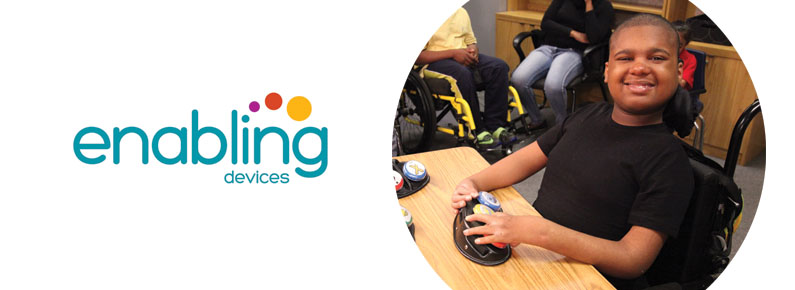For Adults
In this exhaustive and compassionately written history of autism,
Silberman calls into question many of our assumptions about autism and the
modern “autism epidemic.” “Neurotribes” takes the reader on a journey that
begins at the infancy of autism research, through early treatments and theories
about the condition’s etiology, to the work of psychiatrists, Leo Kanner and
Hans Asperger, to modern-day battles within the autism community and the
current movement to embrace neuro-diversity.
Don’t miss the foreword by the late Oliver Sachs.
This
new memoir by a man with autism tells the true story of how engineer, John
Elder Robison’s life changed after his participation in a 6-month brain therapy
experiment with transcranial magnetic stimulation. TMS, a noninvasive technique currently approved for patients
with medication-resistant depression, uses electric currents to activate and
deactivate particular circuits in the brain. The treatments Robison received, targeted
his frontal lobe, enabling him to experience empathy for the first time
in his life. Robison’s
revelations, the science informing TMS and what it teaches about the plasticity
of the brain is nothing less than mind-blowing.








